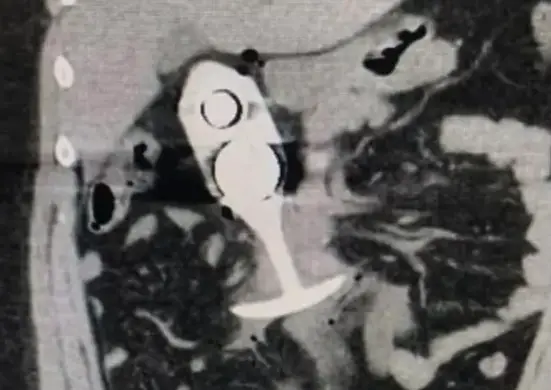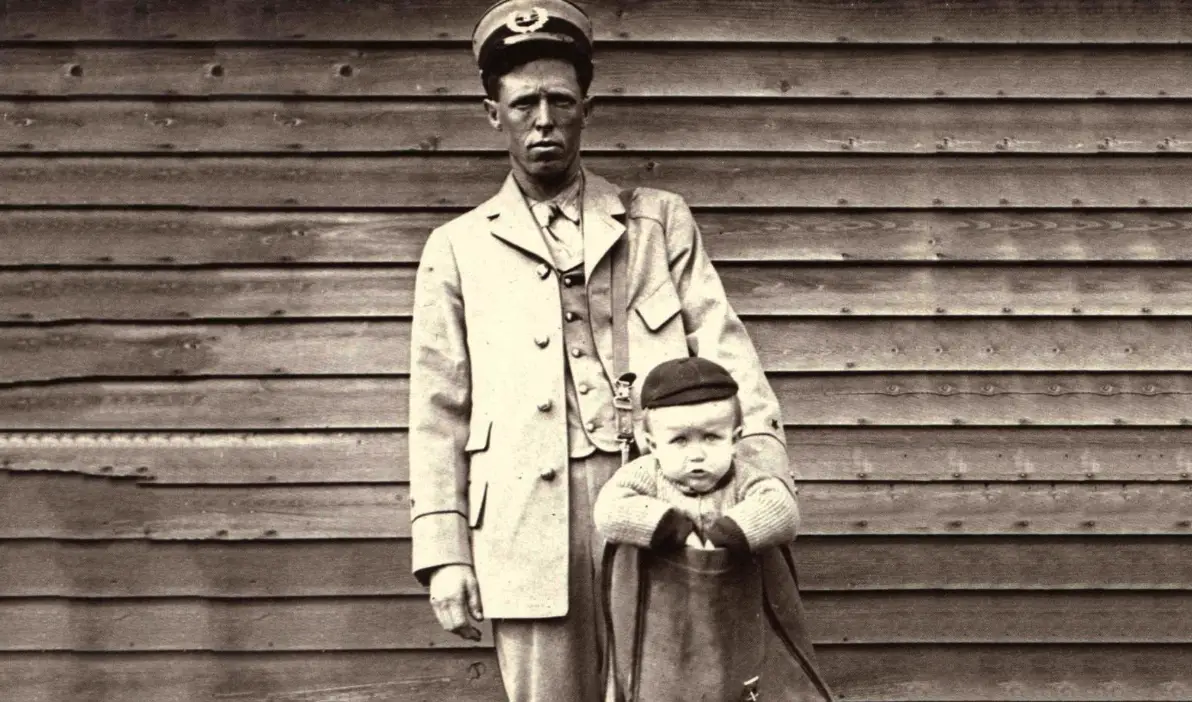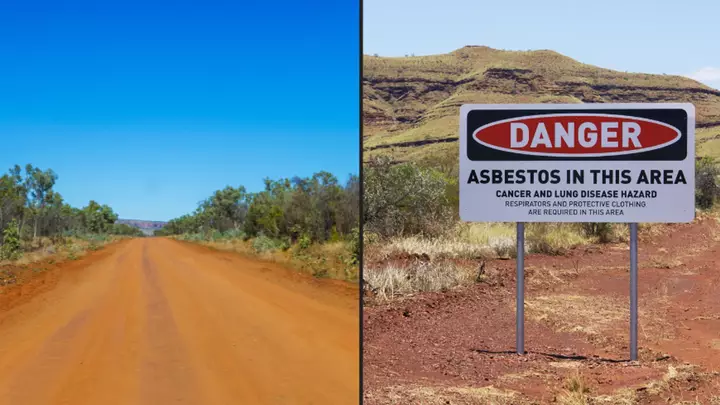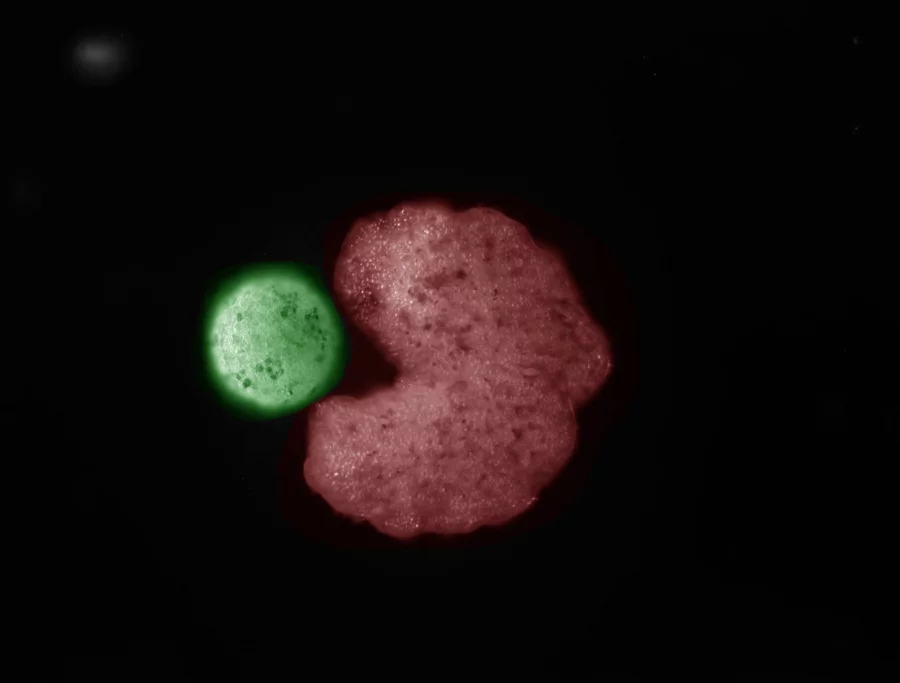The 4,000-year-old Al Naslaa Rock Formation has a Mystery Laser-like Cut through its Center
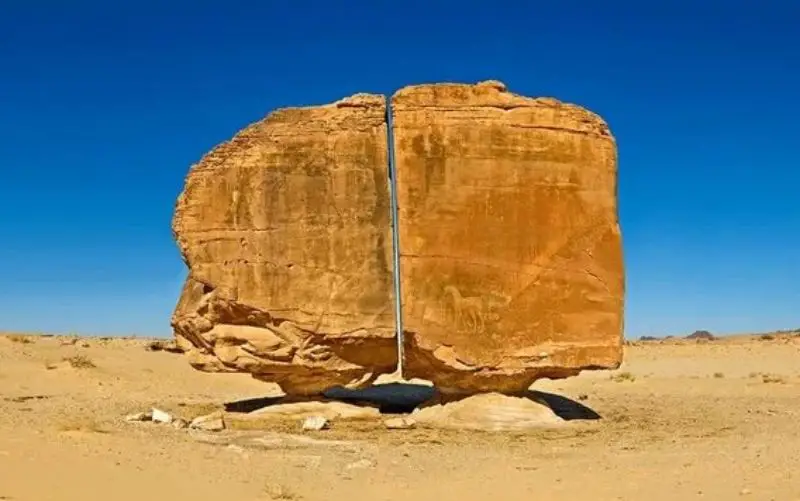
In the heart of Saudi Arabia’s northwestern desert, a geological wonder stands tall, defying explanation.
The Al Naslaa Rock Formation, located in the Tayma Oasis, is a massive sandstone structure split cleanly in two.
The gap between the twin boulders is so precise it appears as if a laser sliced through it.
This 4,000-year-old formation, roughly 20 feet high and 30 feet wide, has puzzled scientists and captivated tourists.
Its smooth, vertical fissure and ancient petroglyphs make it one of Earth’s most enigmatic landmarks.
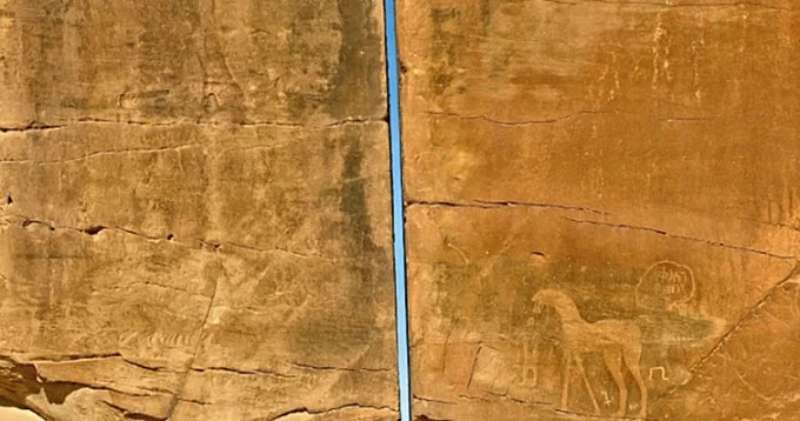
A Historical Crossroads
The Tayma Oasis, 50 kilometers north of Al Naslaa, is steeped in history. It served as a vital hub on ancient trade routes, connecting regions like Medina and Tabuk.
Assyrian and Biblical texts reference Tayma as a bustling trading post.
In the 6th century BCE, Babylonian king Nabonidus resided there, leaving a legacy of cultural significance.
Archaeological discoveries confirm human habitation since the Bronze Age, with rock art scattered across the region.
Al Naslaa, with its striking form and carvings, stands as a testament to this rich past.
The Enigmatic Split
The defining feature of Al Naslaa is its perfectly straight split.
The two sandstone halves, each balanced on a small natural pedestal, are separated by a pencil-thin gap.
This precision has led to speculation about its origins. Some wonder if ancient tools or even extraterrestrial forces could be responsible, though such theories lack credible evidence.
Geologists lean toward natural explanations, but the exact cause remains elusive.
| Aspect | Details |
|---|---|
| Location | 50 km south of Tayma Oasis, Saudi Arabia |
| Coordinates | 27°13′46″N 38°34′18″E |
| Dimensions | 6 meters high, 9 meters wide |
| Material | Sandstone |
| Age | Approximately 4,000 years old |
| Key Feature | Precise vertical split, appearing as if cut by a laser |
| Petroglyphs | Depictions of Arabian horses, ibexes, and humans |
| Theories | Natural joint, wind erosion, chemical weathering, freeze-thaw cycles |
Geological Theories
Several hypotheses attempt to explain the split. One suggests it is a natural joint, a fracture formed by tectonic stress or the cooling of rock.
Professor Tim Reston, a geologist at the University of Birmingham, supports this idea, noting that such cracks occur when rock surfaces release pressure.
Another theory points to freeze-thaw cycles. Water seeping into small cracks could have frozen and expanded, gradually widening the fissure.
This process, common in deserts with temperature fluctuations, may have occurred thousands of years ago.
The pedestals supporting the boulders, often called “mushroom rocks,” are likely the result of differential wind erosion.
Softer rock at the base eroded faster, leaving the upper sections perched precariously.
Similar formations, like Balanced Rock in Utah’s Arches National Park, support this explanation.
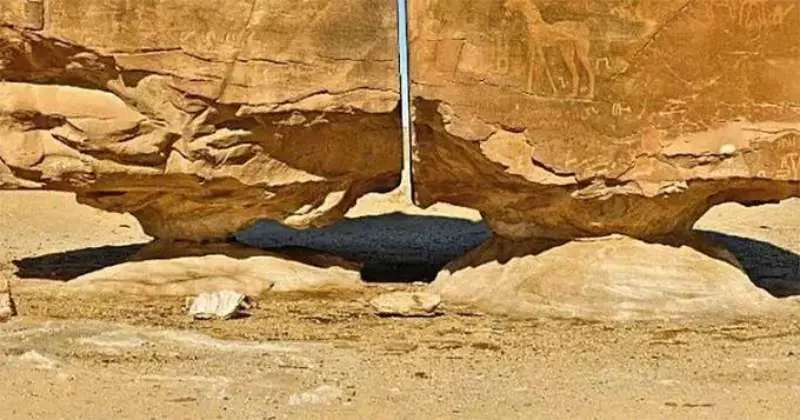
The Human Touch?
Could ancient humans have carved the split? Sandstone is relatively soft, and simple metal tools could theoretically cut it.
However, the effort required to create such a precise division would be immense.
Some speculate the split served as a landmark or held religious significance, but no archaeological evidence supports human intervention.
The petroglyphs, however, confirm human activity at the site, suggesting cultural importance.
Ancient Art on Stone
The southeast face of Al Naslaa is adorned with petroglyphs, carvings etched into the sandstone thousands of years ago.
These artworks depict Arabian horses, ibexes, and human figures, offering a window into prehistoric life.
One striking image shows a person leading a horse, resembling the Arabian breed, known for its origins in the region by the 7th century.
The carvings, possibly dating to the Bronze Age, reflect a culture tied to hunting and animal husbandry.
The petroglyphs are not unique to Al Naslaa. The Tayma region is rich with rock art, documenting the lives of ancient inhabitants.
While less studied than sites in the Sahara or North America, these carvings are a vital part of Saudi Arabia’s archaeological heritage.
They connect modern visitors to the beliefs and activities of people who thrived in this arid landscape.
A Geological and Cultural Treasure
Al Naslaa’s allure lies in its dual identity as a geological and archaeological marvel.
Its mysterious split challenges our understanding of natural processes, while its petroglyphs offer a tangible link to ancient civilizations.
The formation’s remote location, near the Al Knanafah Wildlife Sanctuary, adds to its mystique, drawing adventurers and scholars alike.
Tourism has surged as word of Al Naslaa’s beauty spreads. Visitors marvel at the balanced boulders and intricate carvings, set against the sweeping sands of the Nafud Desert.
Efforts are underway to preserve the site, balancing accessibility/with conservation.
The rock’s cultural significance, tied to Tayma’s ancient trade routes, underscores its value as a heritage site.
Unanswered Questions
Despite advances in geology, Al Naslaa’s split remains a puzzle. Was it shaped by tectonic forces, erosion, or an unknown process?
The lack of a definitive answer fuels fascination. Social media has amplified speculation, with some X posts suggesting alien involvement, though scientists dismiss such claims.
The rock’s stability, perched on delicate pedestals, raises questions about how long it will stand.
Al Naslaa reminds us that nature holds secrets yet to be unraveled. Its blend of mystery, history, and beauty ensures it remains a beacon for curious minds.
Whether you’re a geologist, historian, or traveler, Al Naslaa offers a journey into the unknown, standing as a monument to Earth’s enduring enigmas.










